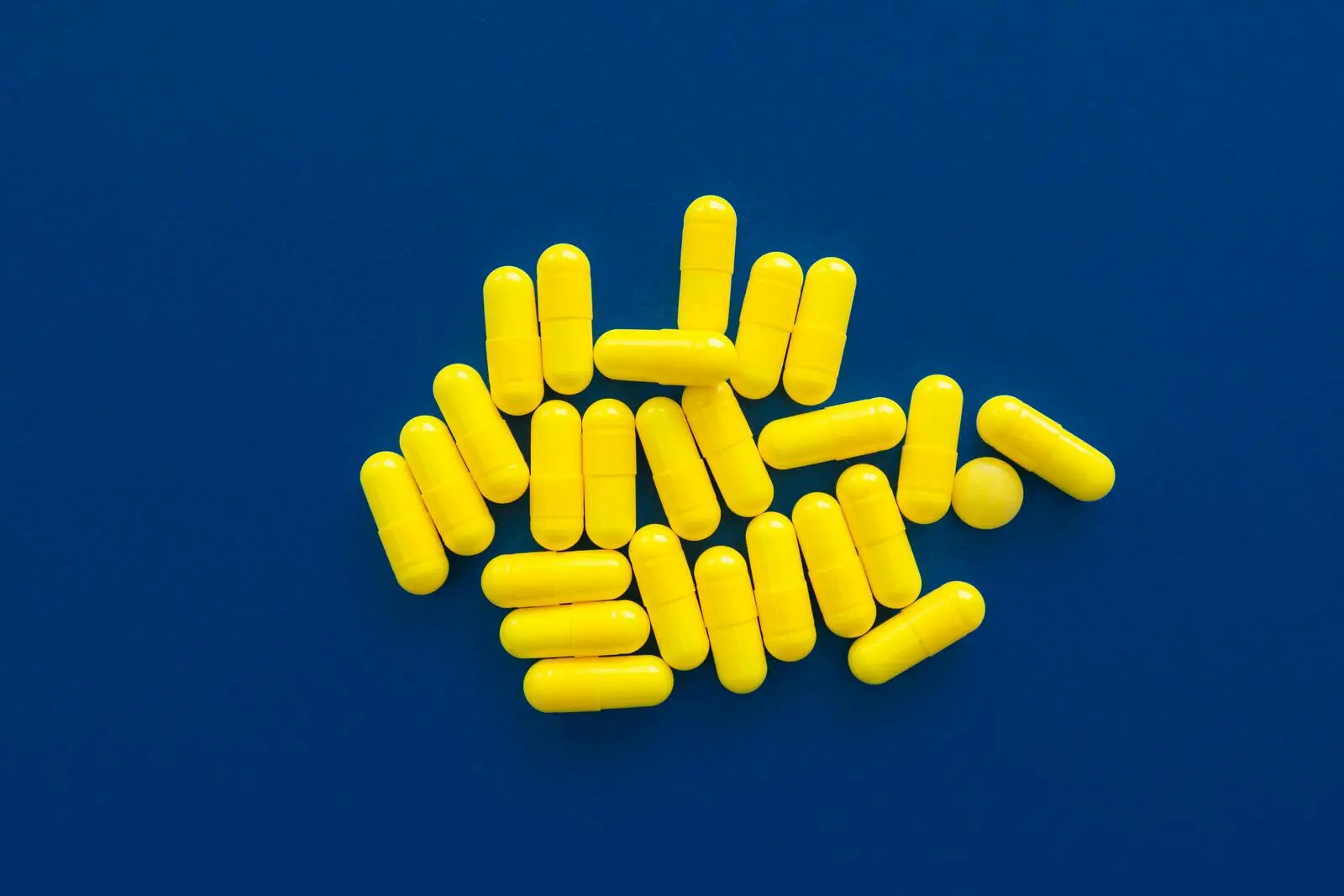Substances
A Gabapentin High: Does This Medication Cause Euphoria?
Medically Reviewed By
Written By
Last medically reviewed November 18, 2024
Substances
Medically Reviewed By
Written By
Last medically reviewed November 18, 2024

Gabapentin, primarily prescribed for seizures, nerve pain, and certain mood disorders, has become a subject of concern regarding its potential for misuse. People who take higher doses than prescribed or who combine gabapentin with other substances may experience euphoric effects. This medication affects neurotransmitters in the brain, explaining its therapeutic benefits and potential for producing pleasurable sensations in some circumstances.
Gabapentin, originally approved by the FDA in 1993, functions primarily as an anticonvulsant medication with multiple medical applications.[1] Doctors prescribe this medication to manage epileptic seizures, postherpetic neuralgia following shingles outbreaks, and various types of neuropathic pain conditions. The medication affects calcium channels in the nervous system, which influences the release of excitatory neurotransmitters that contribute to seizures and pain signals.
Medical literature classifies gabapentin as a GABA analog, though it does not directly affect GABA receptors as previously thought.[2] Studies show the medication binds to specific sites in brain tissue, which explains its effectiveness against certain types of seizures and nerve pain. Patients typically receive gabapentin in capsule, tablet, or liquid form, with dosages determined by their specific condition, medical history, and response to treatment.
Despite its therapeutic benefits, patients should know that gabapentin carries potential side effects, including dizziness, drowsiness, and coordination difficulties.[3] Healthcare experts carefully monitor patients starting this medication, especially those with kidney issues, as the body eliminates gabapentin primarily through renal pathways. Doctors often start treatment with low doses and gradually increase them to minimize adverse reactions while maximizing therapeutic outcomes.
Gabapentin serves as a versatile medication in modern medicine, addressing several conditions through its mechanism of affecting nerve signals and neurotransmitters in the brain:[4]

Gabapentin, while effective for many conditions, can produce side effects that patients and healthcare professionals must monitor carefully:[5]
Gabapentin, when taken at prescribed doses, typically does not produce a high or euphoric effect for most patients. However, research indicates that some people may experience a mild euphoric sensation when taking higher doses than prescribed.[6] This effect occurs because gabapentin influences neurotransmitters in the brain that affect mood regulation and pain perception, though the exact mechanism differs from more potent substances like opioids or benzodiazepines.
The potential for misuse exists primarily among certain populations. Studies show that those with histories of substance use disorders report using gabapentin to enhance the effects of other drugs, particularly opioids, or to substitute when preferred substances aren’t available.[7] Prescribers increasingly recognize this risk, with some states now classifying gabapentin as a controlled substance.
Gabapentin overdose presents real risks, though fatalities from this medication alone remain relatively rare.[8] Taking excessive amounts can lead to severe side effects, including extreme drowsiness, confusion, slurred speech, and in serious cases, coma or respiratory depression. Medical literature documents that combining gabapentin with other central nervous system depressants like alcohol, opioids, or benzodiazepines significantly increases these dangers. Emergency departments treat overdose cases through supportive care since no specific antidote exists for gabapentin toxicity. Patients with kidney problems face heightened risks as their bodies eliminate the medication more slowly, allowing it to accumulate to potentially harmful levels.
Gabapentin abuse can create health risks, particularly when people take doses exceeding medical recommendations:[9]
Yes, regular misuse of gabapentin can lead to physical dependence. When someone takes higher doses than prescribed or uses the medication without medical supervision, their body can develop a reliance on the substance. This dependence often results in withdrawal symptoms when attempting to stop or reduce use, which may include anxiety, insomnia, nausea, pain, and, in severe cases, seizures.
Signs of gabapentin abuse may include doctor shopping to obtain multiple prescriptions, taking higher doses than prescribed, having mood swings, secretive behavior, neglecting responsibilities, appearing unusually sedated or confused, and expressing cravings for the medication. Physical symptoms like slurred speech, coordination problems, and extreme drowsiness might also indicate misuse, especially if these symptoms seem disproportionate to the prescribed dosage.
Treatment options do exist for those struggling with gabapentin abuse and dependence. Professional help typically involves medically supervised tapering to reduce dosage while minimizing withdrawal symptoms safely. This may be combined with counseling, support groups, and treatment for any co-occurring mental health conditions. Inpatient or outpatient rehabilitation programs can provide structured support depending on the severity of abuse and individual needs.
[1][3] MedlinePlus. (2020, May 15). Gabapentin: MedlinePlus Drug Information. Medlineplus.gov. https://medlineplus.gov/druginfo/meds/a694007.html
[2] Yu, J., Wang, D.-S., Bonin, R. P., Penna, A., Alavian-Ghavanini, A., Zurek, A. A., Rauw, G., Baker, G. B., & Orser, B. A. (2019). Gabapentin increases expression of δ subunit-containing GABAA receptors. EBioMedicine, 42, 203–213. https://pmc.ncbi.nlm.nih.gov/articles/PMC6491385/
[4][5] Cleveland Clinic. (2021, July 1). Gabapentin: Uses, Side Effects, Dosages, Interactions & More. Cleveland Clinic. https://my.clevelandclinic.org/health/drugs/21561-gabapentin
[6] Smith, B. H., Higgins, C., Baldacchino, A., Kidd, B., & Bannister, J. (2012). Substance misuse of gabapentin. British Journal of General Practice, 62(601), 406–407. https://pmc.ncbi.nlm.nih.gov/articles/PMC3404313/
[7] Smith, R. V., Havens, J. R., & Walsh, S. L. (2016). Gabapentin misuse, abuse and diversion: a systematic review. Addiction, 111(7), 1160–1174. https://pmc.ncbi.nlm.nih.gov/articles/PMC5573873/
[8] Neurontin (Gabapentin): Side Effects, Interactions, and Overdose. (n.d.). Www.poison.org. https://www.poison.org/articles/neurontin-gabapentin
[9] NHS. (2021, September 16). Side effects of gabapentin. Nhs.uk. https://www.nhs.uk/medicines/gabapentin/side-effects-of-gabapentin/